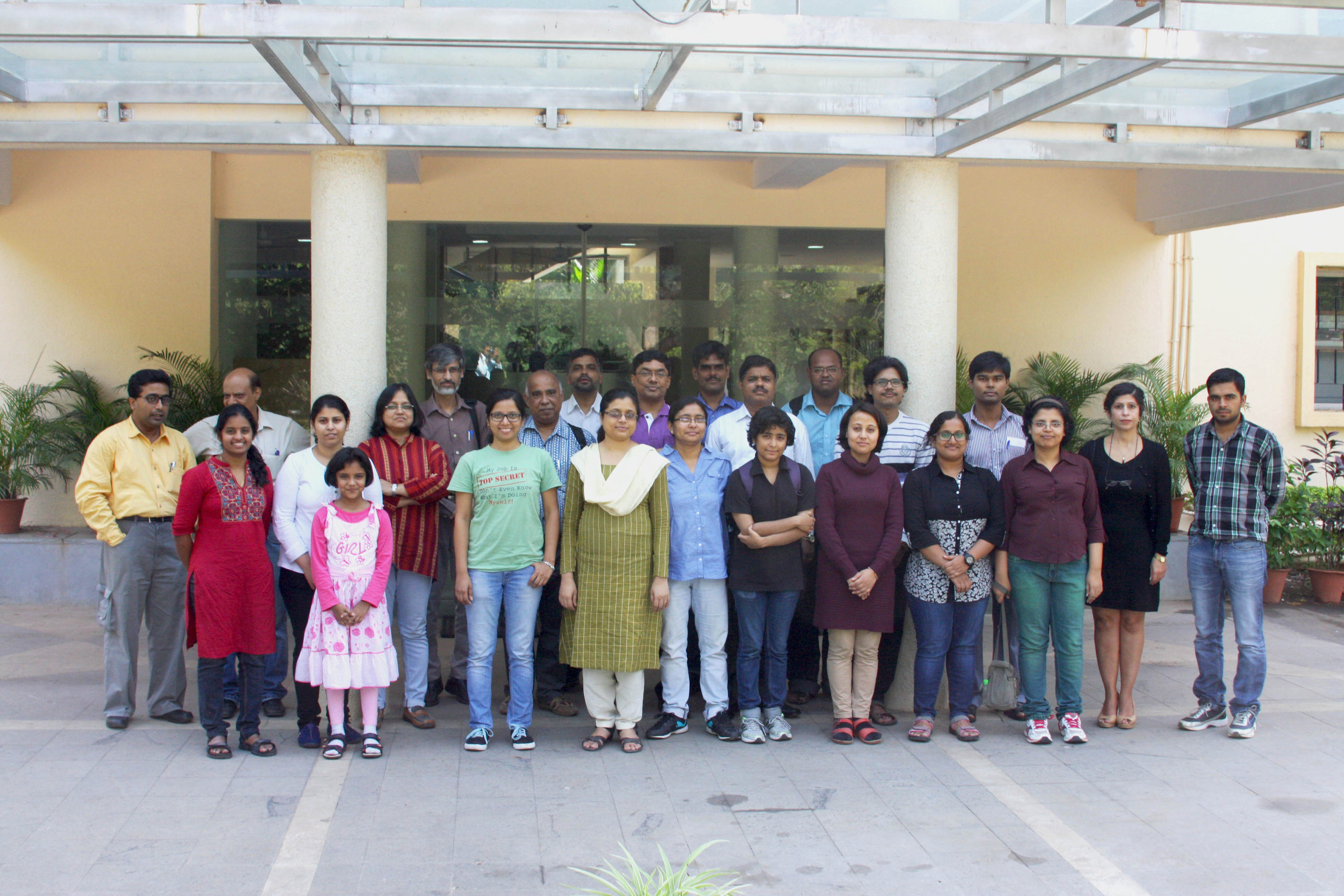Neutron Star Physics with the Square Kilometer Array
It is close to half a century since the first detection of a neutron
star, in the form of a radio pulsar. Thanks to the technological
advancements and a number of very sensitive detectors some 2000+
neutron stars have now been detected with emission spanning almost the
whole of the electromagnetic spectrum. The present challenge of
neutron star research is therefore to find a unifying theme to make
sense of a large number of disparate observational classes of neutron
stars.
The fileds of pulsar astronomy and physics of neutrons stars will
benefit immensely from an instrument with the capabilities projected
for the SKA. Potential applications include pulsar search and survey,
pulsar magnetospheric studies, characterising gravitational wave
candidates, detection of transient objects (like RRATs) and so on.
These will provide new insights and results in topics of fundamental
importance. The combination of the high spectral, time and spatial
resolution and the unprecedented sensitivity of the SKA will radically
advance our understanding of basic physical processes operative in the
vast population of neutron stars and provide a solid foundation for
the future advancement of the field.
- pulsar census
- population studies
- globular cluster pulsars
- galactic centre pulsars
- pulsars in external galaxies
- pulsar magnetosphere
- pulsar wind nebulae
- neutron star equations of state
- tests for gravity theories
- gravitational wave astronomy
- galaxy and ISM
The main science goals of the SKA, in regard to pulsar astronomy, is
listed above. Evidently, we do not have all the areas covered by the
Indian neutron star community. In fact, the emphasis here is mostly on
the topics underlined. It would therefore be our effort to see
how we can maximally use the SKA to our advantage given the present
interests of the community. Moreover, it would be worthwhile to tune
our interests, by defining new investigative ideas, in order to take
advantage of this instrument.
Program

Participants :
Mihir Arjunwadkar, CMS, University of Pune
Manjari Bagchi, IMSc, Chennai
Debades Bandyopadhyay, SINP, Kolkata
Sarmistha Banik, BITS Pilani, Hyderabad
Varun Bhalerao, IUCAA, Pune
Dipankar Bhattacharya, IUCAA, Pune
Sudip Bhattacharyya, TIFR, Mumbai
Prasanta Bera, IUCAA, Pune
Aru Beri, IIT, Ropar
R. T. Gangadhara, IIA, Bangalore
A Gopakumar, TIFR, Mumbai
Anuradha Gupta, IUCAA, Pune
Yashwant Gupta, NCRA-TIFR, Pune
Nissim Kanekar, NCRA-TIFR, Pune
Nazma Islam, RRI, Bangalore
T K. Jha, BITS-Pilani, Goa
Bhal Chandra Joshi, NCRA-TIFR, Pune
Sushan Konar, NCRA-TIFR, Pune
Yogesh Maan, NCRA-TIFR, Pune
Arunava Mukherjee, ICTS, Bangalore
Arun Naidu, NCRA-TIFR, Pune
Biswajit Paul, RRI, Bangalore
Pragati Pradhan, St. Joseph's College, Darjeeling
Gayathri Raman, RRI, Bangalore
Alak Ray, TIFR, Mumbai
Monika Sinha, IIT, Jodhpur
Mayuresh P. Surnis, NCRA-TIFR, Pune
Firoza K. Sutaria, IIAp, Bangalore
Varun, RRI, Bangalore
|